Lefkara is famous for its embroidery and lace weaving.
A little about how this art appeared.
From 1489 to 1571, Cyprus was ruled by the Doges.
And rich Venetians came here for their summer holidays.
They taught local peasant women the fine skills of seamstresses.
And the Cypriots kept this art, and it was passed from mother to daughter.
And, having learned the skills of the Venetians, the Cypriots contributed to the embroidery process.
Thus was born the famous Lefkarian embroidery, which is called "Lefkaritika".
Lefkaritika is a geometrically correct pattern, in which smooth lines are almost completely absent.
This is not easy and painstaking work, so lace is not cheap.
A few years ago, a relative of mine gave me a tray under the glass of which is "Lefkaritika".
Someday I'll take a photo and show it.
Also, my relative introduced me to one of the craftswomen of "lefkaritika"
She was very hospitable and showed me her work, telling her story.
Including the sad one: that none of her daughters and granddaughters wanted to learn her skills ...
She allowed me to photograph her work, I really want to find these photographs, it was several years ago.
Lefkari lace is included in the UNESCO Intangible Cultural Heritage List.
The image of Lefkari lace was featured on the 1 Cypriot pound banknote.
In 1481, Leonardo da Vinci visited Lefkara, he was so impressed by the beauty of lefkaritics that he acquired a canvas embroidered by craftswomen for the altar of Milan Cathedral.
P.S. in the photographs not all embroideries are exactly "lefkaritika"
The photos I were taken with a Lenovo TAB 2 A10-70L tablet
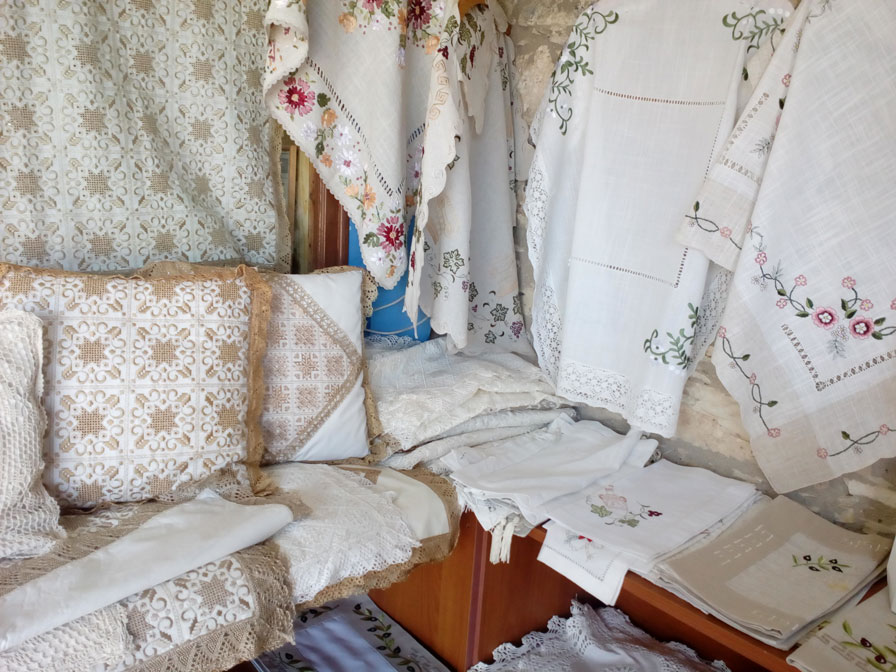
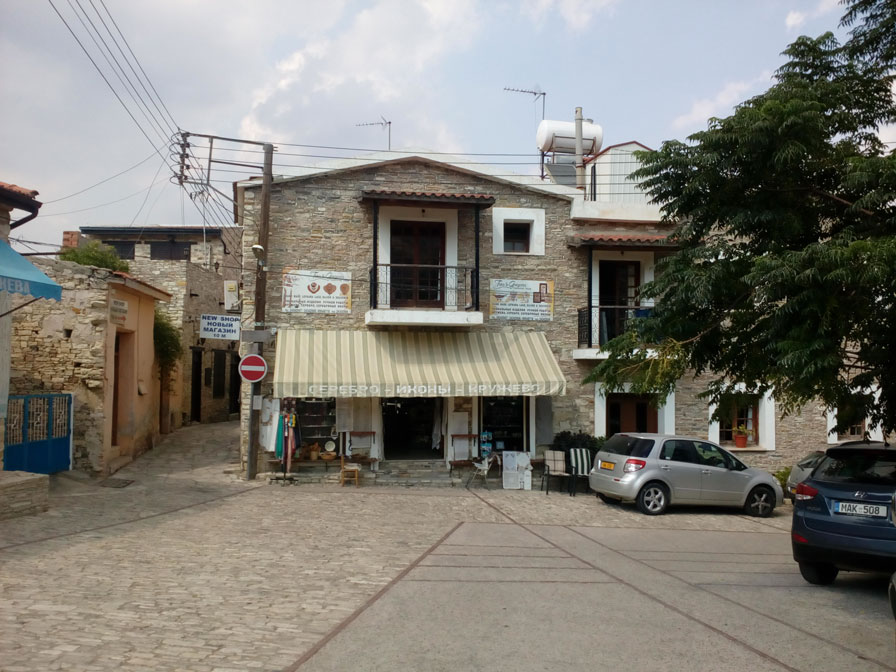
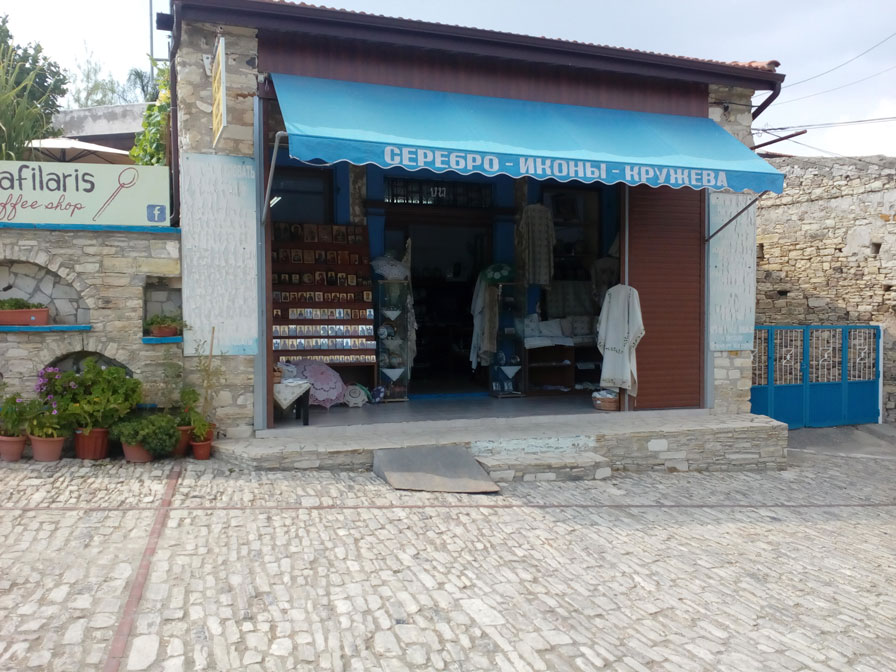
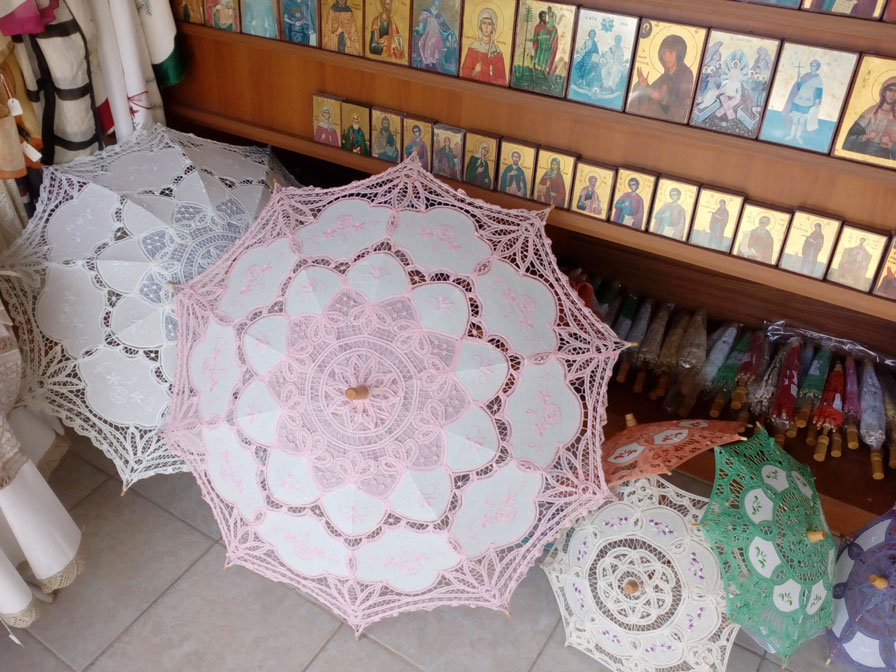
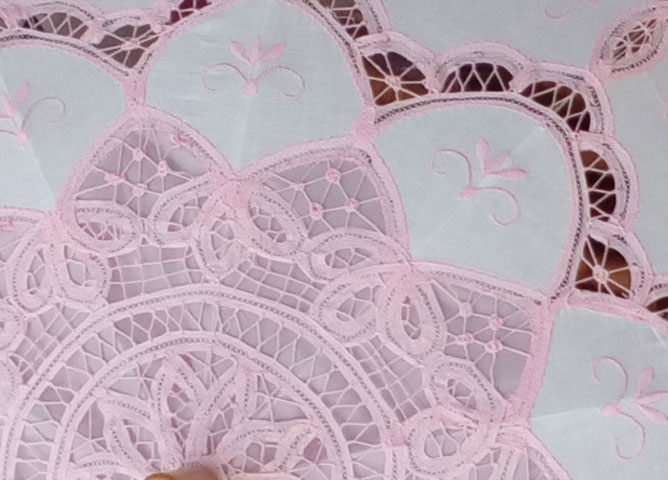
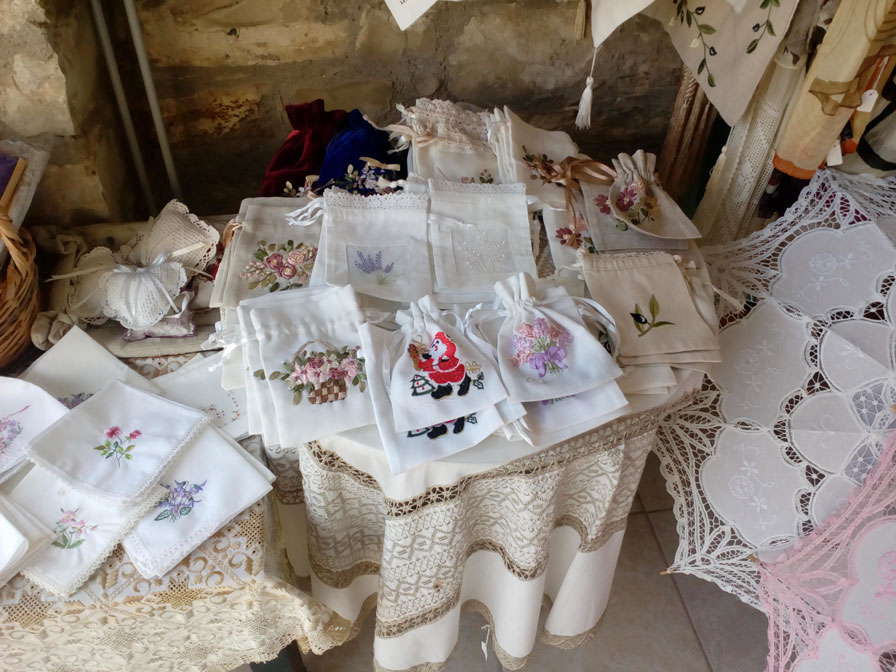
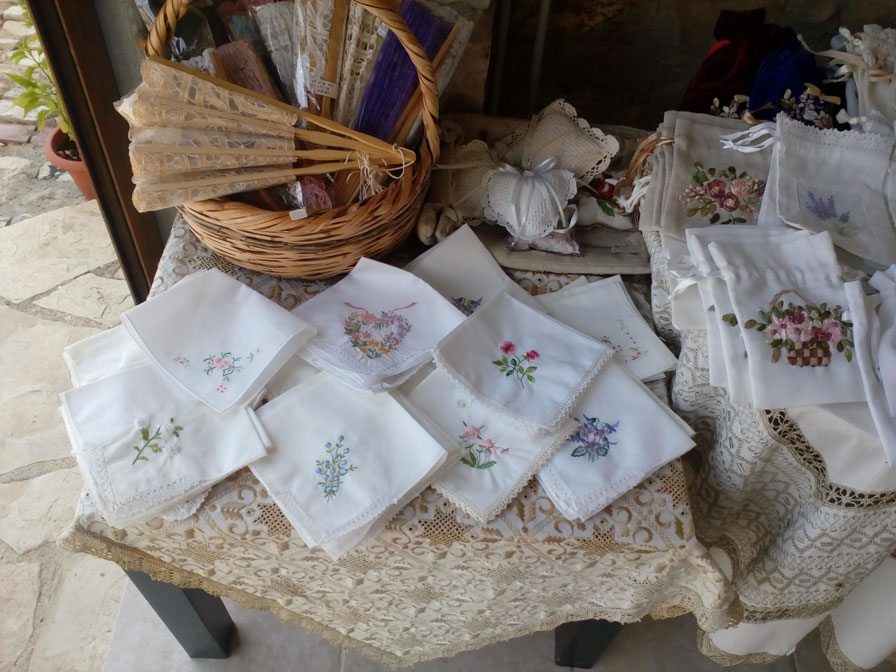
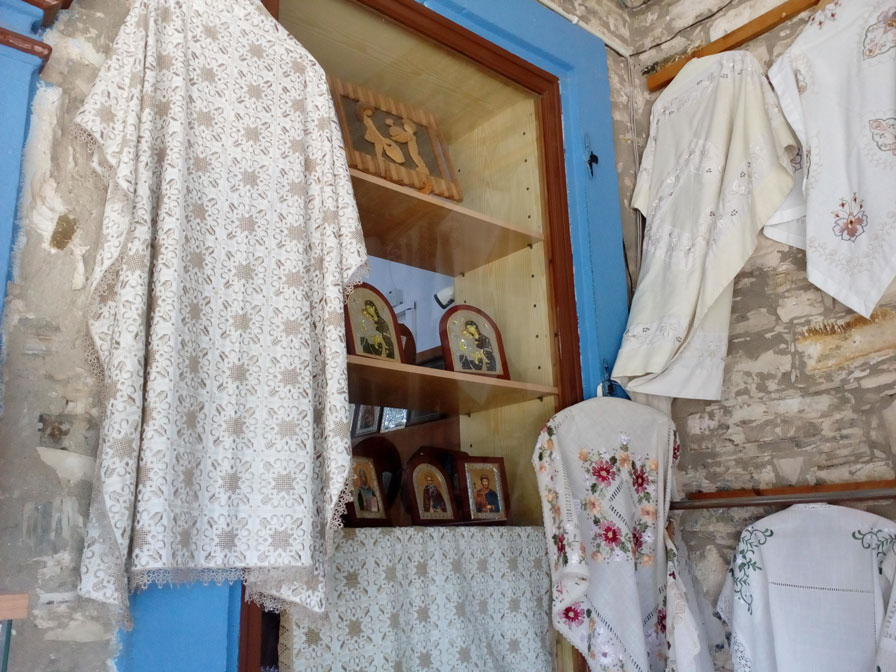
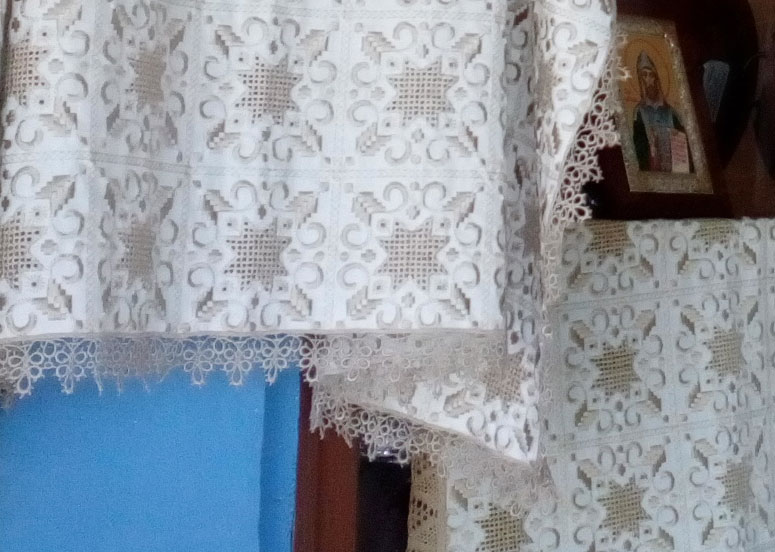
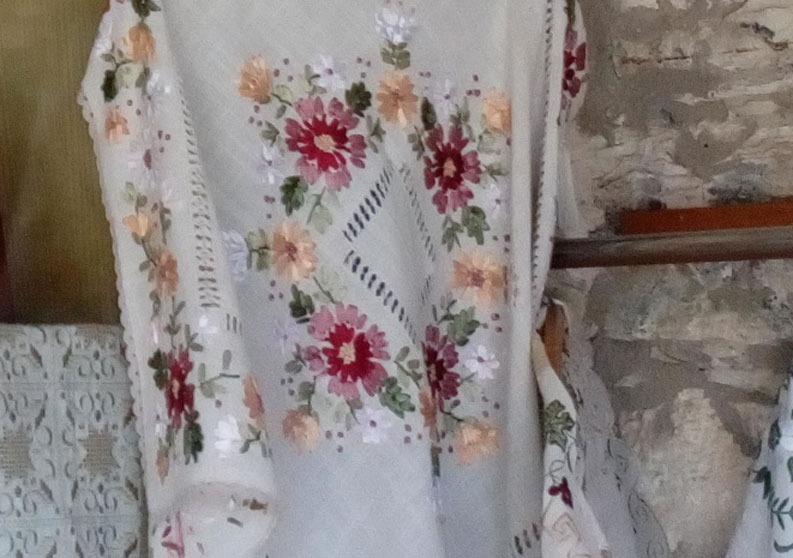
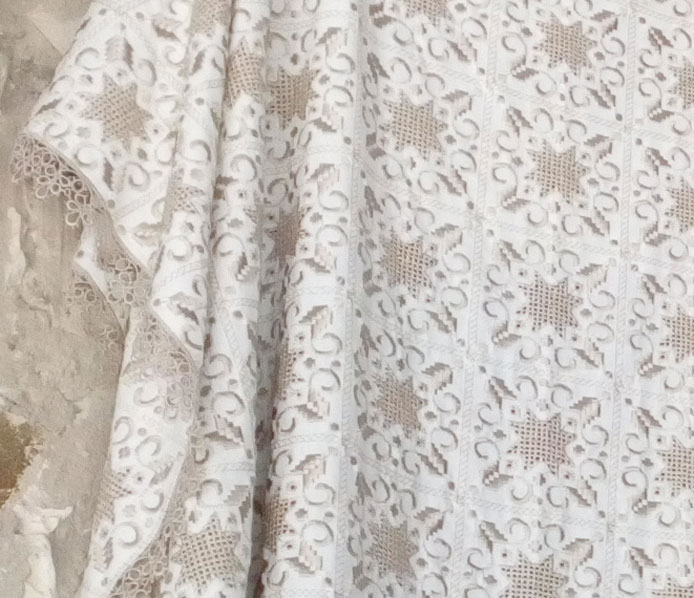
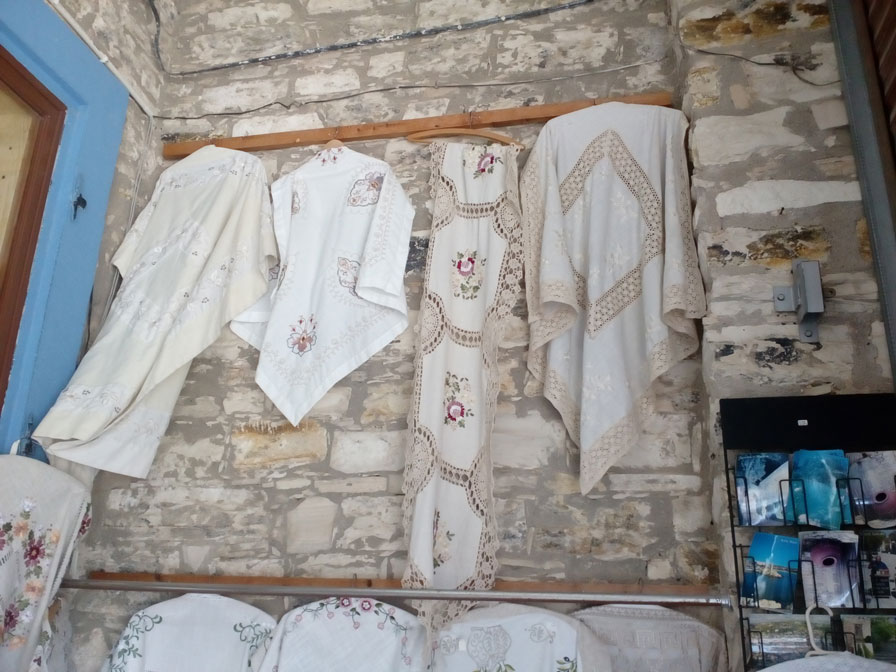
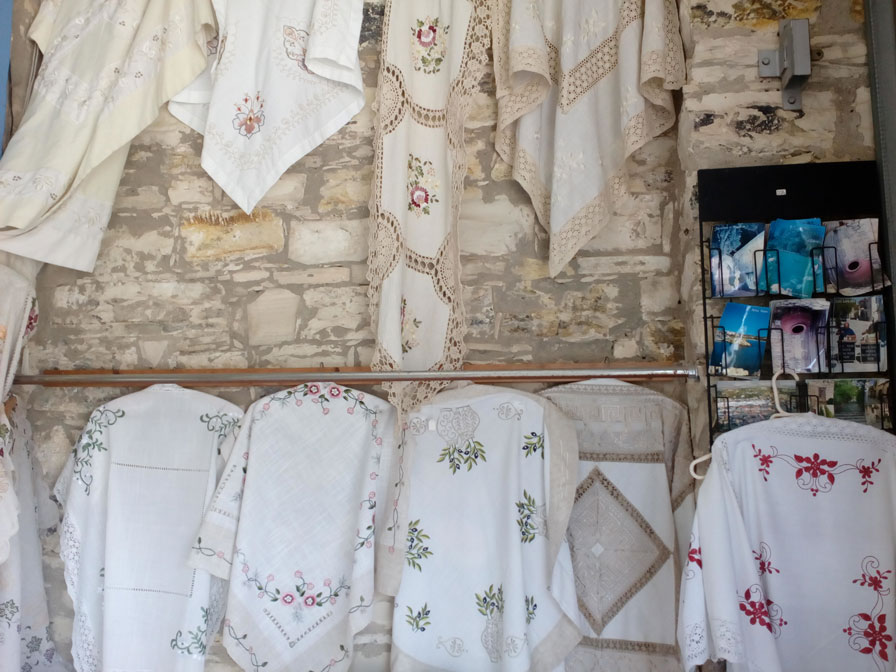
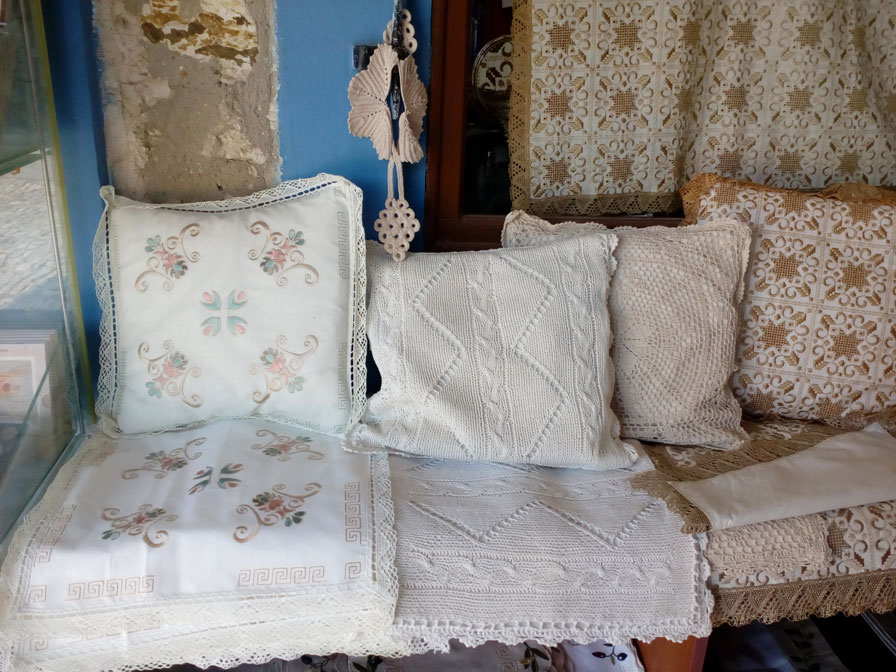
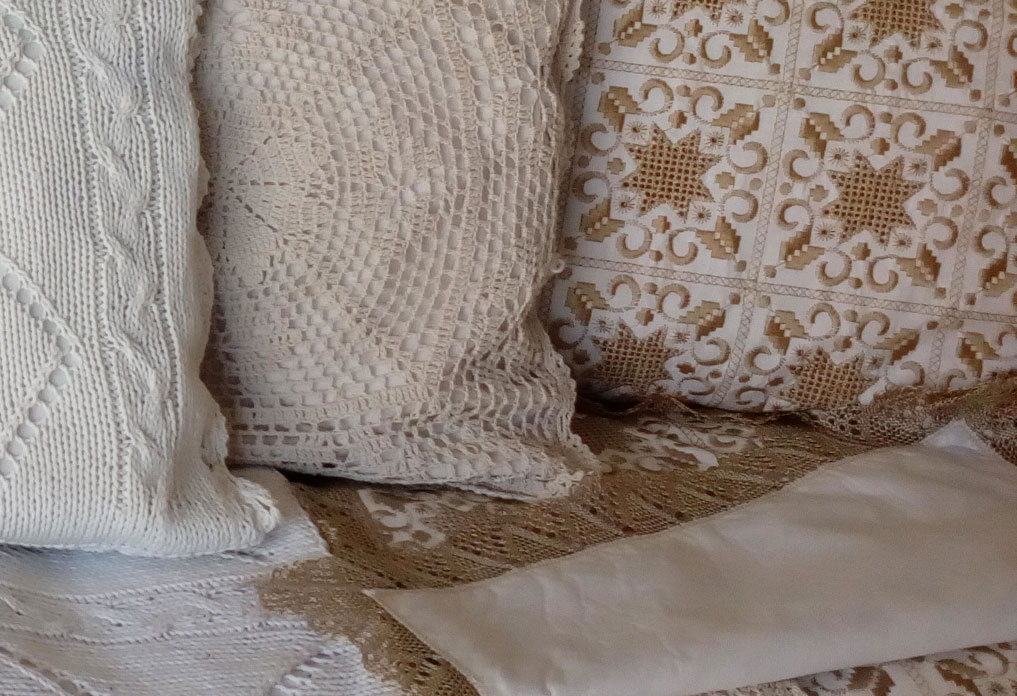
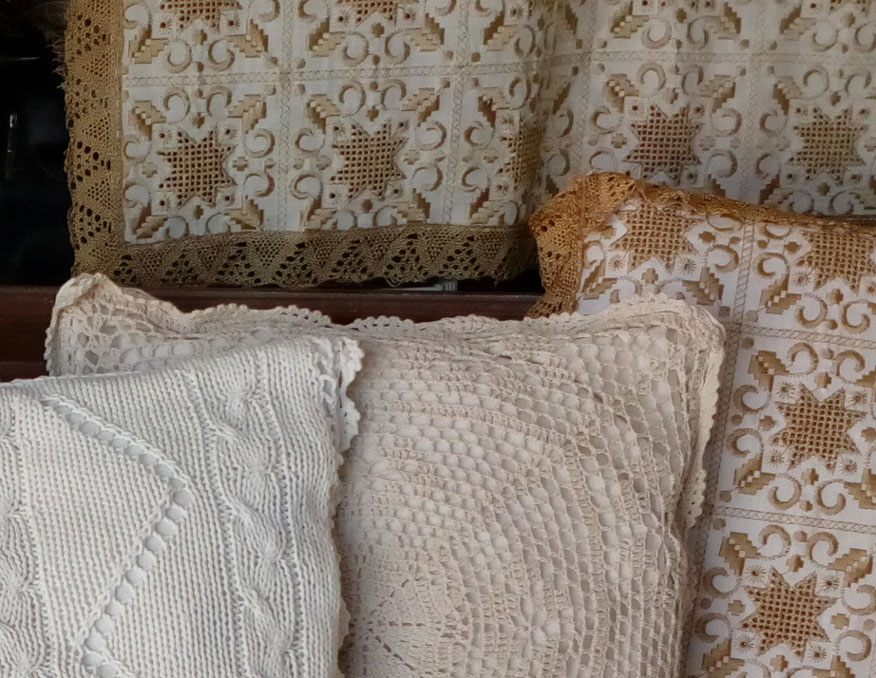

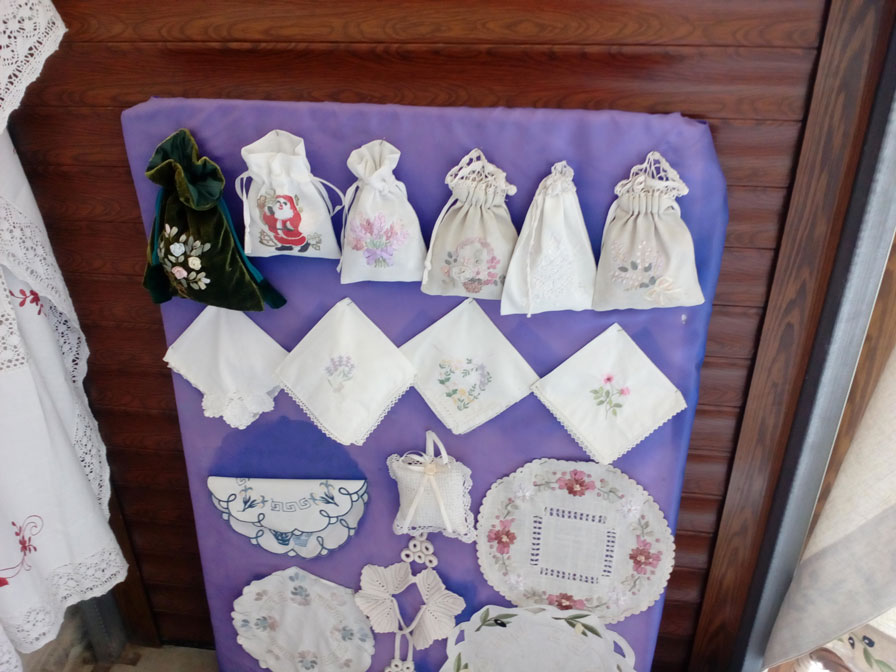
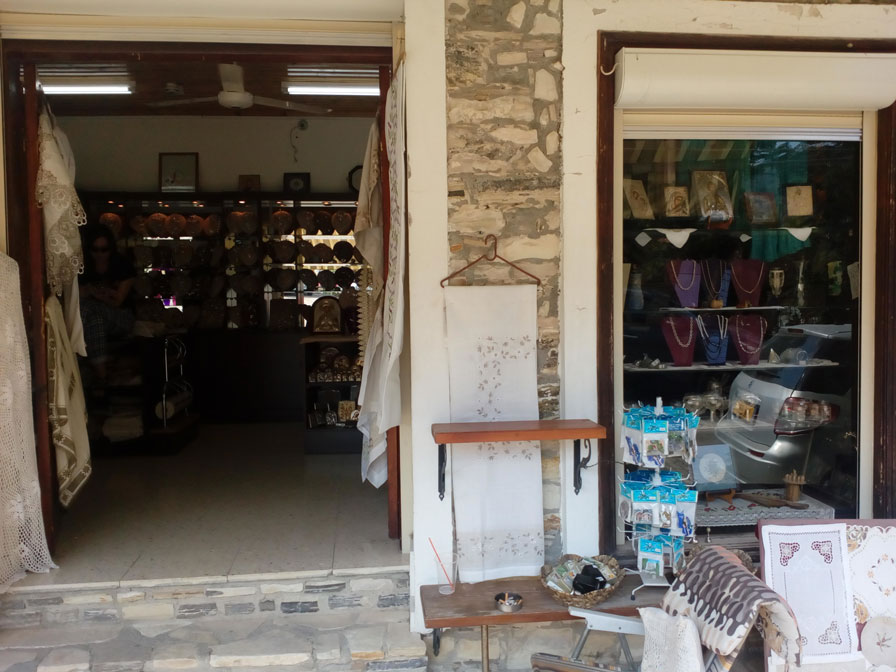
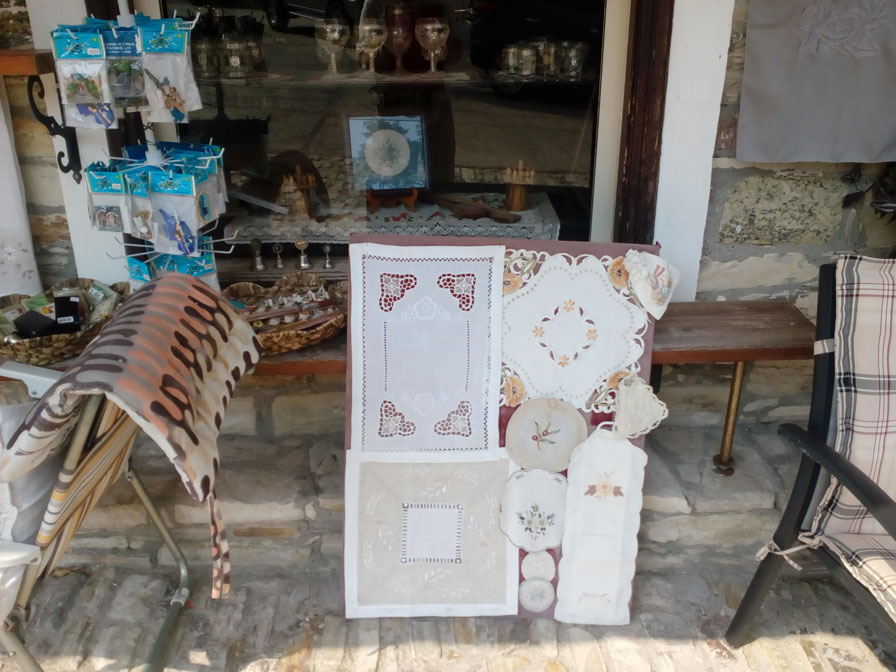
Wow! Amazing art work!! Very rare skills!
Thank you so much!